Wellness, Unique Flavors & Convenience in the Center Store 8/29/2017
As a relatively new father to two young children, the idea of wellness has taken on a new meaning to me. I need to make sure that I’m healthy so I can enjoy the time I spend with them, I want to make sure that they are healthy, and if I can contribute to making the world a better place while doing this, all the better. So I pay more attention to the ingredients in the foods that they eat, and that includes the snacks and dry grocery items that they love.
And based on interviews the ECRM Grocery team had with retailers and suppliers at our recent Summer Snack & Dry Grocery EPPS, I’m certainly not alone. “Consumers want healthier, natural and organic, and clean labels,” said one attendee in a comment that was echoed over and over again during the EPPS.
Indeed, according to Elley Symmes, an Analyst with Kantar Retail, who presented at the EPPS, data from Kantar’s Retail Shopper Scope indicate that 62 percent of consumers pay more attention to food labels and ingredients than they used to, and more than half (53 percent) say they are more likely to seek out food and beverages that are minimally processed. And suppliers are addressing this; from 2015 to 2016 there was a 28 percent increase in advertising creative that mention “clean label” attributes, including terms such as “organic,” “no artificial flavors,” “gluten-free,” non-GMO,” “vegan,” and “grass-fed.”
According to Symmes, “Health” and “Wellness” are unique concepts in shoppers’ minds. Health is more related to physical and functional aspects, associated with terms like “eating healthy,” “avoiding processed foods,” and “exercising regularly.” The concept of wellness, on the other hand, is more mental and aspirational, associated in the shopper’s mind with terms like “having hobbies and interests,” “feeling happy with how I look,” and “keeping my mind sharp.”
At the same time, health and wellness are increasingly tied to the concept of sustainability, and health and wellness-minded consumers now think in terms of “good for me,” (products they will consume), “good for you” (products their families will consume), and “good for everyone” (the impact that the production of those products will have on the world).
Based on this, Symmes outlines some key recommendations for retailers and suppliers looking to address this audience:
- Integrate shoppers nuanced definitions of health and wellness into how you develop your go-to-market strategy. Understand whether your brand fits more into the health component or wellness aspirations.
- Health and wellness is a ubiquitous focus for retailers and brands. Identify where your brands fit by utilizing the “good for …” game plan. This can serve as the foundation of your shopper targeting strategy.
- For “good for me” products and value propositions, focus very clearly on how your offer can help a specific shopper benefit. Prioritize product sourcing and transparency to meet shoppers heightened product vetting routines.
- Natural and organic, along with kid-focused products, fit very well in the “good for you” pillar. Communication here should clearly articulate whole health for family and friends.
- Local and sustainable products and retail promotions and products that give back to the community are the essence of “good for everyone.” For younger shoppers, this will be a growing platform in the future.
In addition to healthy indulgences in the snack aisle and clean label products in the center store, shoppers are also looking for unique and exotic flavors, particularly ethnic foods and ingredients. “Hot and spicy, Asian, and other ethnic flavors are what we are hearing from the consumer,” said one attendee.
And they also want convenience, often in conjunction with healthier and more flavorful products. “Anything perceived as better-for-you and ready for immediate consumption is in demand,” said one attendee.
Retailers at the EPPS were perfectly aligned with these trends in the casting of their votes for the ECRM/MMR Buyers Choice Award winners for the Snack and Dry Grocery categories. The winners were selected from dozens of entries during a tasting event at the EPPS, and were judged based on product innovation, packaging and taste.
Taking first place in the Snack category was SunTree Snack Foods’ Nilla Almond Snacks which, as with other products in the company’s line of snacks, are certified organic. Finalist Vintage Italia’s Pasta Chips were developed as a better-for-you chip or cracker alternative.
For the Dry Grocery Buyers Choice Awards, first place winner Montana Mex addresses both the demand for unique flavors and wellness with its winning product, Sweet & Spicy Habanero Sauce, part of its line of clean-label condiments. Finalist Florapharm Tea USA’s Sunberry Fruit Infusion does this, as well, combining the flavors of ripe raspberries, strawberries and elderberries in a product that is vegan, kosher, GMO-free and caffeine-free.
With more healthy options like these on the horizon, it will certainly be easier to find products that are god for me, good for my family, and good for the planet!

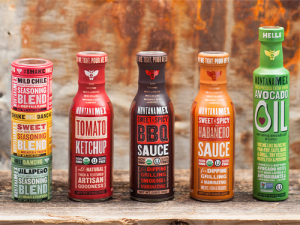
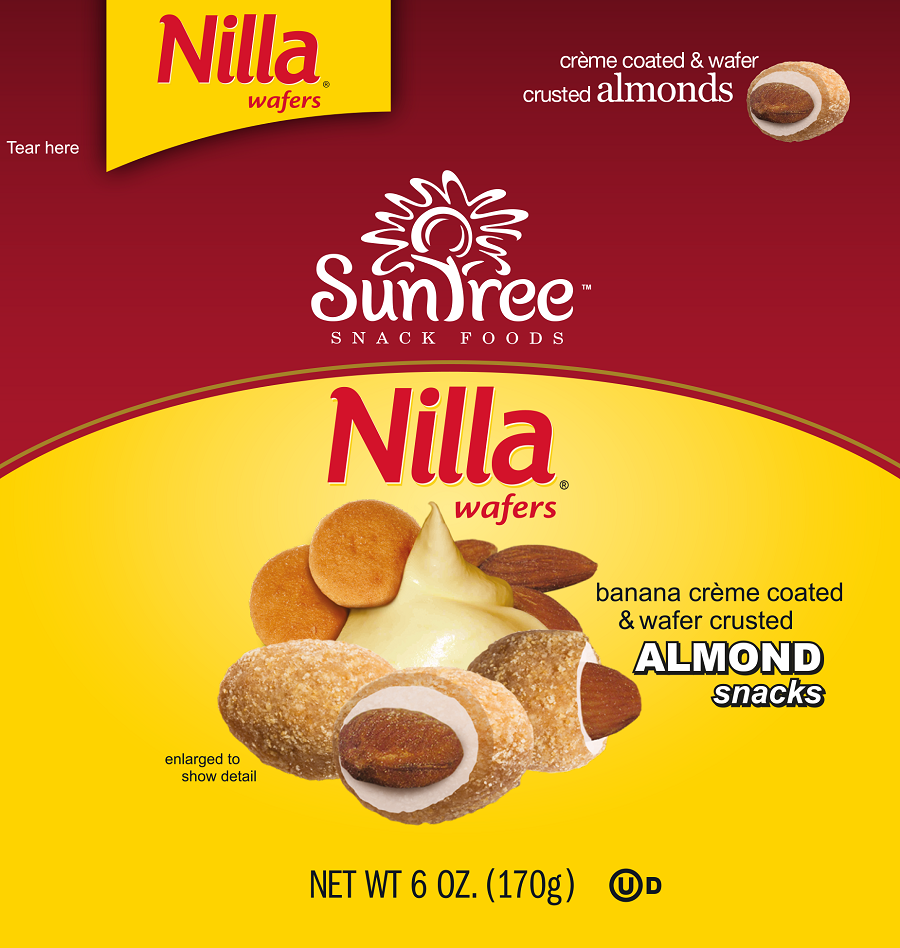
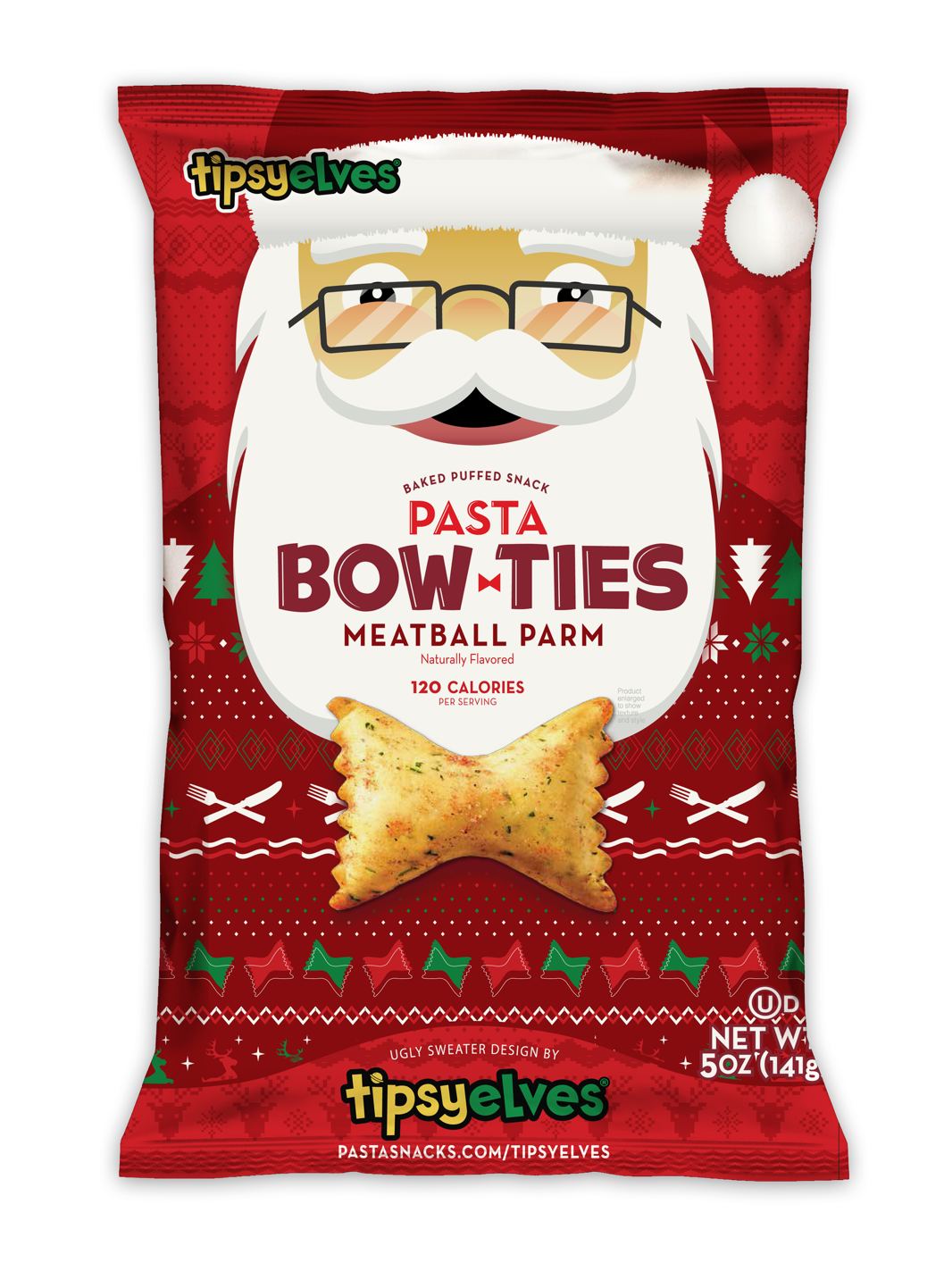
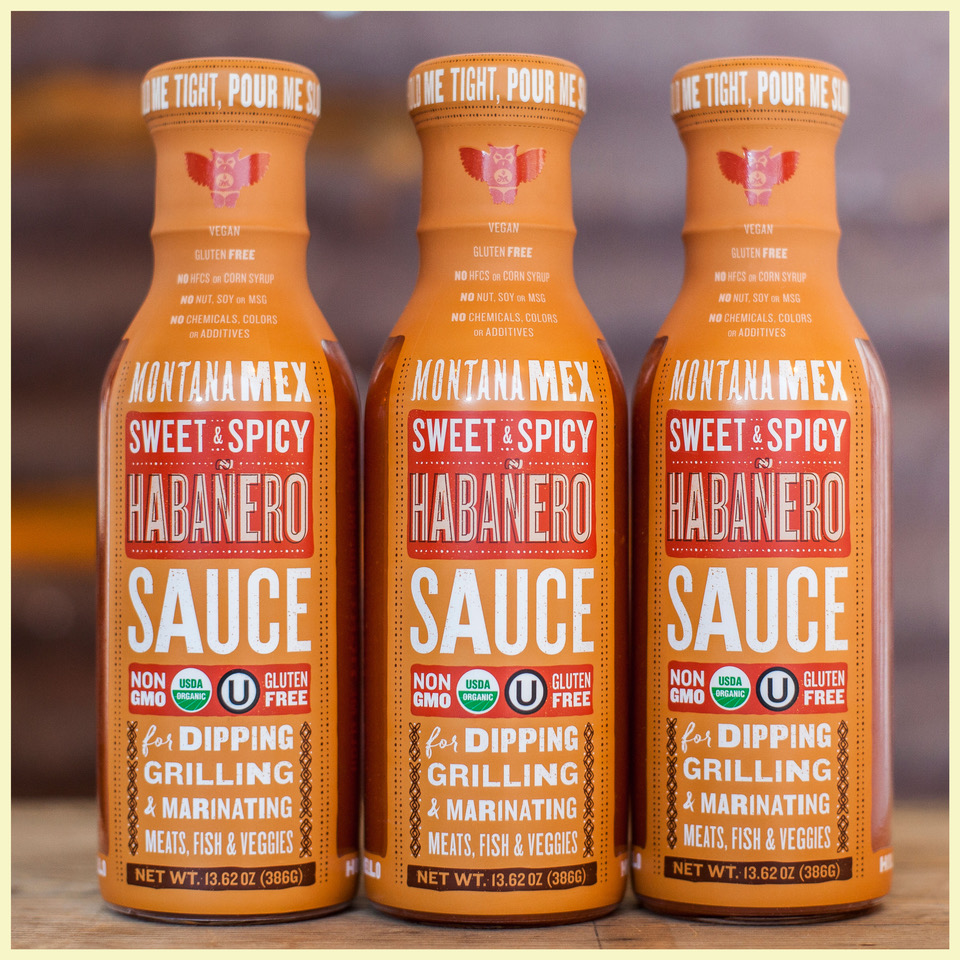
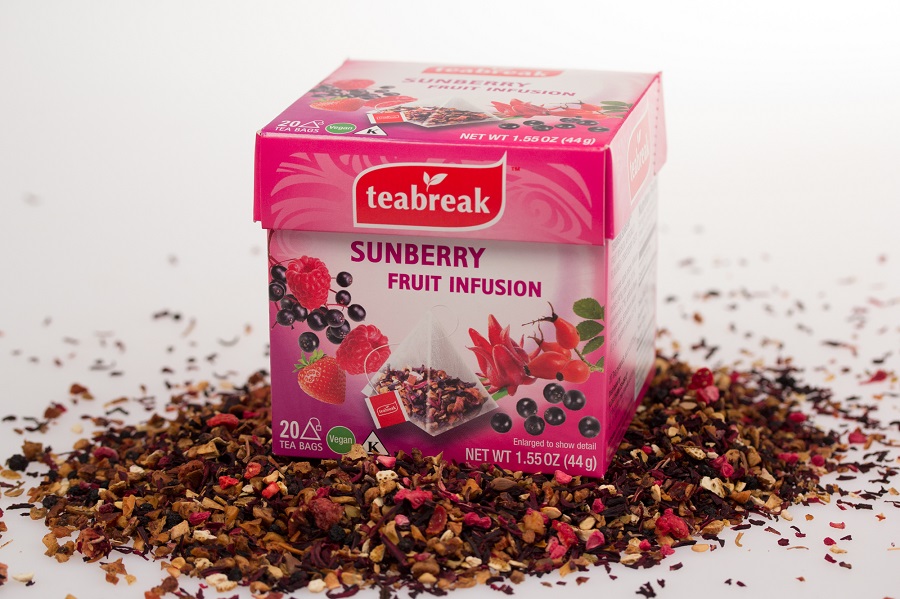
Tyler can be reached at (352) 797-2726